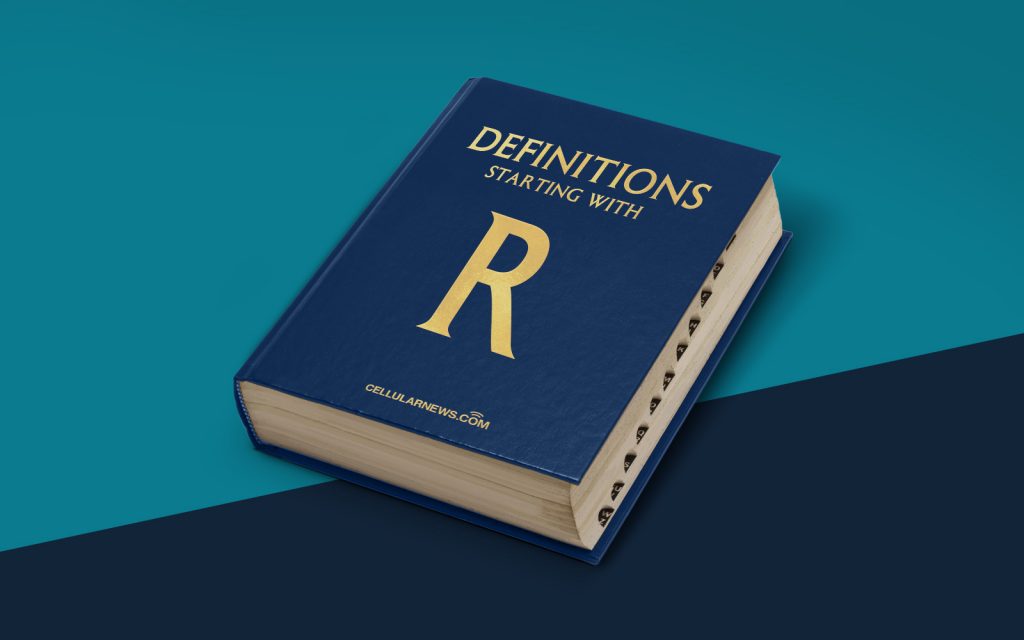
DEFINITIONS: What is Resolution?
Welcome to the “DEFINITIONS” category, where we dive deep into the world of technical terminologies and explain them in a simple and concise manner. In today’s blog post, we will be discussing one of the most commonly used terms in the digital world – resolution. So, if you’ve ever wondered what resolution really means and how it affects your digital experiences, you’re in the right place!
Key Takeaways:
- Resolution is a measure of the sharpness and clarity of an image or display.
- A higher resolution means more pixels and greater detail, while a lower resolution may result in a blurry or pixelated image.
Now, let’s get to the question at hand: What is resolution?
Resolution, in the context of digital displays and images, refers to the number of pixels or dots that can be displayed horizontally and vertically. It is a measure of the sharpness and clarity of an image or display. The higher the resolution, the more pixels are packed into a given area, resulting in greater detail and definition.
Resolution is typically measured in terms of width x height, such as 1920×1080 (also known as Full HD or 1080p) or 3840×2160 (commonly known as 4K Ultra HD). Each pixel represents a tiny individual dot on the screen, and the more pixels there are, the more detailed the image appears.
Here are a few key points to help you understand resolution even better:
- Pixels: A pixel is the smallest unit of a digital image, and it is represented by a single dot on the screen. These dots are arranged in a grid-like pattern to form the complete image.
- Pixel Density: Pixel density refers to the concentration of pixels within a given area. It is calculated by dividing the total number of pixels by the area of the display. Higher pixel density results in sharper images.
- Aspect Ratio: The aspect ratio of a display is the proportional relationship between its width and height. Common aspect ratios include 16:9 (widescreen) and 4:3 (standard). Different aspect ratios can affect the way content is displayed on the screen.
- Display Resolutions: There are various display resolutions available today, ranging from standard definition (SD) to high definition (HD) and beyond. Each resolution has its own benefits and is suitable for different use cases.
So, why does resolution matter? Well, it directly impacts the quality of the images you see on your various screens. Whether you’re watching a movie, playing a game, or editing photos, a higher resolution offers a more detailed and immersive experience.
Key Takeaways:
- Resolution is a measure of the sharpness and clarity of an image or display.
- A higher resolution means more pixels and greater detail, while a lower resolution may result in a blurry or pixelated image.
In conclusion, resolution plays a crucial role in the visual experience we have with digital devices. It determines the level of detail, clarity, and sharpness we perceive in images and displays. By understanding resolution and its implications, you can make more informed decisions when purchasing or using digital devices.
We hope this blog post has shed some light on the concept of resolution. If you have any further questions or topics you’d like us to explore in the “DEFINITIONS” category, feel free to leave a comment below. Stay tuned for more informative posts coming your way!
